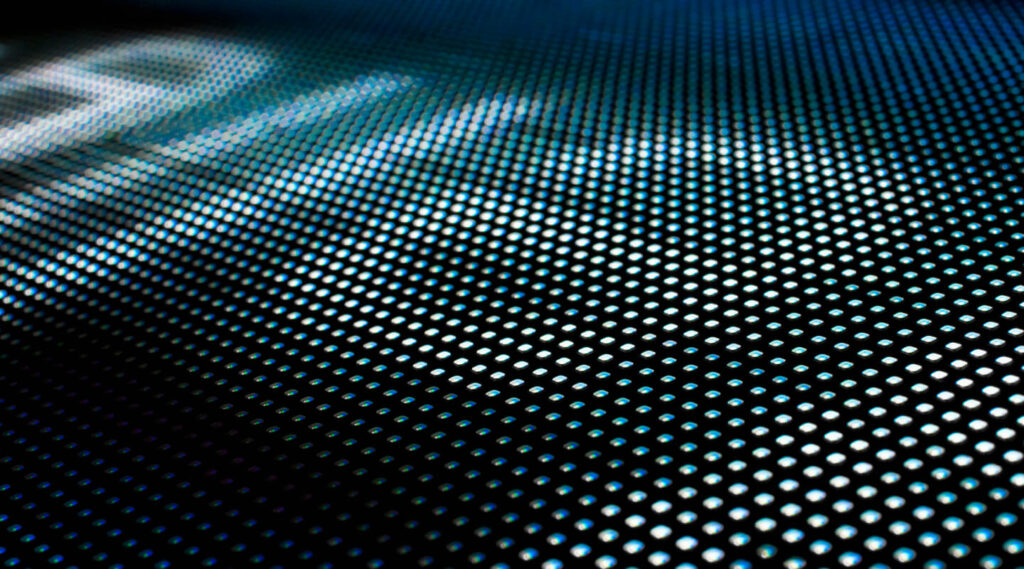First published on Think with Google.
If soccer fans have bought a new TV or surround sound system from an electronics retailer for the European Football Championship in Germany, it could be that artificial intelligence was involved in the sale. At least at MediaMarktSaturn (MMS). Europe’s leading consumer electronics chain uses AI to advertise its high-value products online in particular. In other words, those that have the highest value for the company. To do this, the company uses a cloud-based AI platform that is integrated into the Google Cloud and works together with Google AI in Google Ads. But first things first.
High-quality data combined with artificial intelligence unleash super power
Just a few years ago, the key to the next level of success for MMS was the interface between AI-driven campaign management in Google Ads and the relevance of high-quality data. Always in view: the company’s business objectives in order to be able to optimize on this complex canon of objectives in the further course. This is why MMS, together with its agency PIA Media, decided to create a cloud-based platform for analyzing all internal and external data that contributes measurably and holistically to achieving the company’s various goals.
With PIPA (Product Insights & Performance Automation), PIA Media uses artificial intelligence to collect relevant data from the cost structure of individual products, fulfillment, web analytics and other areas in order to successfully optimize the results of Google Shopping Ads and display campaigns by activating these insights in a targeted manner to meet MMS’s specific business objectives.
PIA Media recommended Google Cloud as the technical basis for PIPA. “Google has been a pioneer in artificial intelligence for years,” says Bastian Tränkle-Dettinger, Senior Consultant at PIA Media, explaining the choice. “In addition, the integration of Google products, from Big Query to Analytics to Ads Accounts, works seamlessly via Google Cloud and without the need to process personal data.”
Important to understand: Without the intelligent use of data, the real added value of selling individual products would remain masked behind a highly simplistic view of sales or profitability. The primary goal of PIPA is therefore to optimize the use of budgets for Google Shopping and Display campaigns by focusing on products that promise the highest return on advertising spend (ROAS) for MMS. To do this, PIPA uses the connected data and creates forecasts on the purchase probability for such high-value products. With PIPA, MMS and PIA Media can activate the insights and forecasts gained directly in Google Ads and use them there with Google AI for AI-based campaign formats such as Performance Max (PMax) or AI-supported bid management (value-based bidding with target ROAS).
For this to work, a complex logic of data sources and product-specific KPIs was brought together in order to make reliable predictions about the probability of purchase for the display of individual products in Google Ads. At product level, this includes internal company information on profitability, relevance for promotions, user behavior on the website, stock levels and much more. External factors such as competitor prices and availability, seasonality and weather data as well as interactions in the performance data in the respective channels are also taken into account.
This additional layer of intelligent predictions also improves the efficiency of using Google AI in the display and control of products to the MMS business objectives across Google Shopping Ads and Display Ads.
“For example, if we recognize that product A has a high purchase probability, we can push this product with a very low target ROAS in the campaign settings,” Bastian Tränkle-Dettinger explains the principle. “Products that have a low relevance, on the other hand, will be played out much more sharply and specifically with very high target ROAS values in order to get the most out of the budget with the power of AI in Google Ads.”

Optimal KPI framework for success
One of the biggest challenges in the PIPA project was to define the right KPIs internally in order to efficiently prioritize valuable products. This is because the various departments at MediaMarktSaturn naturally pursue different goals in terms of reach and sales. “We sat down together internally across departments and developed a scoring system based on various KPIs, which we can use to cluster the products into valuable and non-valuable for us,” explains Elke Fuchs, Teamlead Digital Media at MMS. “PIPA then does the finishing touches, because our data is very static and PIPA works virtually in real time. That’s how we give it the final push.”
Overall, many departments have been involved in the development and continuous improvement of PIPA over the past four years – from marketing to the operational teams to the data engineers and data scientists. MMS has received valuable support not only from PIA Media, but also from Google. Among other things, the tech specialists from Google advised MMS and PIA Media on how the data connections to PIPA can be implemented in a robust and future-proof manner and pointed out options for data transfer.
Automation with Google Studio saves one working day per month
Google also helped create dynamic banner templates for Google Studio, a web application that allows creative agencies to test, approve and deliver rich media creative. And these have turned out to be a real win for the company. In the past, marketers had to do a lot of analysis and manual work to accurately fill the display banners with the right products. Today, the templates are automatically filled via a feed with products that the PIPA AI identifies as particularly relevant according to criteria such as turnover, profitability or price development. This saves marketers one working day per month, which they can invest in strategic work.
But this is by no means the AI project’s greatest success. Thanks to PIPA and Google AI, MMS has generated significant double-digit growth rates and efficiency gains across all channels to date. The return on advertising spend increased by 22 % and the cost per click fell by 21 %. After four years of the project, the effects are still accumulating today and have contributed significantly to the success.
Overall, those responsible were less surprised that the combination of PIPA and Google AI worked than the extent of the effects. Elke Fuchs explains: “In view of the challenges in the market, the efficiency gains that we have achieved with PIPA and Google AI are of course very valuable to us. It was exactly the right step for us to set ourselves up in this way and now we can continue to develop further.”
Returns-adjusted sales forecasts as the next data project
Meanwhile, the marketers at MMS and their agency are already planning to further link AI and first-party data in order to better predict return-adjusted sales based on product and customer data, for example, and use this for campaign setup and reporting. PIA Media itself is now also working on the translation of PIPA into other areas such as travel or finance. Elke Fuchs is convinced that artificial intelligence and GenAI will be a decisive competitive factor and that only companies that integrate AI into their business will be fit for the future. “Artificial intelligence helps us to better understand and meet the needs of our customers,” says Fuchs. “This increases customer satisfaction and customer loyalty. At the same time, we can automate processes and significantly increase our productivity.”
The most important takeaways from MMS and PIA Media at a glance:

- Centralization through technology:
To create an operations hub for campaign management, analysis, forecasting and asset creation, all AI and automation services should ideally be centralized on a platform such as Google Cloud.
- Ensure data quality:
A self-learning system is only as good as the data it is fed with. The cleanliness of the data and the use of all relevant insights from other sources are crucial to success. - Focus on interfaces:
The right interfaces for activation are also important to enable higher conversions, better targeting and optimal asset management.




